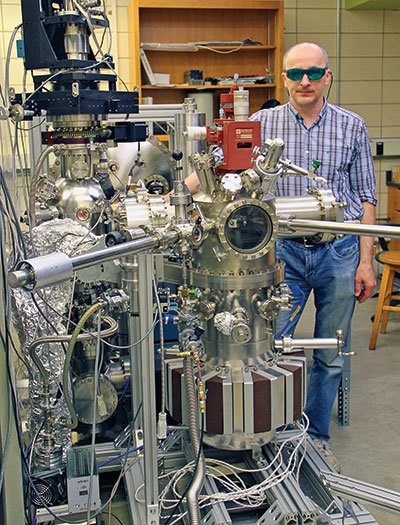Scientists from the U.S Department of Energy’s Ames Laboratory have cultivated a topological metal, PtSn4 (platinum and still). This material may speed computing. A decent electronic architecture may someday lead to energizing a computer’s efficiency through increased processor speeds and data storage.
Electrons in the topological quantum material can pass close to the speed of light thanks to the different property known as Dirac dispersion. Till now, only Dirac points (isolated points) have been present in such material with almost less number of conduction electrons.
In PtSn4, it has a high density of conduction electrons with a large number of carefully arranged Dirac Points. It forms long lines or Dirac node arcs.
Adam Kaminski, an Ames laboratory scientist and professor at Lowa State University’s Department of Physics and Astronomy said, “This kind of electron is very special. Our research has been able to accomplish the extreme magnetoresistance with new features in their electronic architecture, which may lead to future improvements in computer speed, efficiency, and data storage.”
Discovery behind PtSn4:
It is created by using laser-based angles resolved photoemission spectroscopy (ARPES) instrument and measurements that provide high-resolution information on electronic properties of the material. Kaminski made the ARPES instrument at Ames Laboratory.
Laser ARPES gives exceptional tunability and resolution for anticipating these extraordinary properties in the laboratory atmosphere.
Unlike the closed loops of line nodes, the Dirac node-arc architecture begins bounding to the surface states and appears like Dirac dispersion in graphene that is enlarged along a short line. This Dirac node-arc architecture is a new topological state that provides an inspiring scaffold for learning the mysterious properties of Dirac Fermions.
